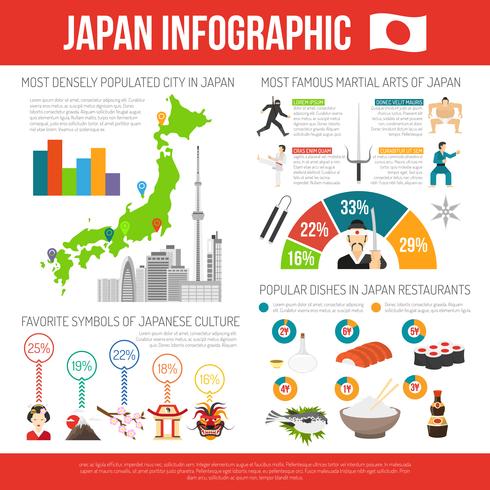The History And Approach Of Martial Arts: A Deep Dive
The History And Approach Of Martial Arts: A Deep Dive
Blog Article
Web Content Writer-Gentry Montoya
Step into the old world where martial arts were substantiated of necessity in diverse areas. Cultures crafted one-of-a-kind combating styles linked with historical contexts. Methods progressed over centuries via devoted method and cultural exchanges. Today, modern martial arts blend standard elements for maximum effectiveness. Philosophically, martial arts highlight technique, self-improvement, and harmony. Regard, humbleness, and balance are foundational concepts assisting practitioners towards development and strength. Discover the depths of this abundant background and ideology to reveal the extensive influences forming this enduring discipline.
Origins of Martial Arts
Martial arts originated in numerous regions all over the world, evolving as sensible battle systems to prevent hazards. These ancient fighting styles were established out of necessity, with each society crafting techniques suited to their distinct atmospheres and obstacles. From the grappling arts of Jujutsu in Japan to the striking techniques of Kung Fu in China, martial arts were deeply intertwined with the historic, social, and social material of their respective cultures.
In Japan, the samurai course refined martial arts like Kenjutsu, the art of the sword, which later on advanced right into the much more popularized type of Kendo. On the other hand, in Brazil, Capoeira became a blend of dance and battle, developed by enslaved Africans as a method to stand up to injustice. Each martial art lugs with it a rich background and philosophy, mirroring the values and ideas of individuals who exercised them.
As you look into the beginnings of martial arts, you discover a tapestry of human ingenuity, strength, and the unrelenting spirit of warriors throughout time.
Advancement of Techniques
Via centuries of technique and improvement, fight strategies within numerous martial arts have actually undergone a profound development. From please click the up coming website page like Kung Fu and Karate to much more modern-day self-controls such as Brazilian Jiu-Jitsu and Krav Maga, the evolution of strategies has been driven by a combination of social impacts, practical applications, and technological developments.
One considerable aspect of this evolution is the cross-pollination of strategies in between various martial arts. For example, methods from standard Japanese Jiu-Jitsu were included right into the creation of Judo by Jigoro Kano in the late 19th century. This blending of designs has actually resulted in the development of hybrid martial arts like Mixed Martial Arts (MIXED MARTIAL ARTS), which integrate elements of striking, grappling, and submission strategies.
Moreover, the evolution of techniques has been formed by the boosting focus on performance and performance in battle. Practitioners have constantly sought to refine their techniques with strenuous training, testing, and competition, resulting in the advancement of very specialized and effective battling designs. In general, the development of strategies in martial arts shows the vibrant nature of fight and the continuous pursuit for enhancement and development.
Philosophical Foundations
Checking out the underlying philosophical principles of martial arts offers understanding right into their core values and guiding ideas. At the heart of many martial arts techniques is the idea of discipline itself. By training your mind and body to act as one natural system, you cultivate discipline that prolongs past the dojo or fitness center right into daily life. This self-control includes respect, humility, and self-constraint, forming not simply your physical capacities yet additionally your character.
martial arts for under 5 in martial arts is the idea of continuous self-improvement. The journey of grasping a fighting style is continuous, with experts continuously striving to better themselves, both physically and emotionally. This concentrate on development cultivates strength, willpower, and a growth attitude that can be related to all aspects of life.
Additionally, martial arts emphasize the significance of harmony and equilibrium. Strategies are developed to use an opponent's energy against them, highlighting the principle of generating and redirecting pressure rather than meeting it head-on. This philosophy reaches interpersonal connections, promoting calm resolutions and good understanding. By welcoming these philosophical foundations, martial artists not only enhance their battle skills yet likewise grow a way of living fixated personal growth, regard, and harmony.
Conclusion
Finally, the history and philosophy of martial arts use an abundant tapestry of custom, technique, and self-improvement.
Consider example the tale of Bruce Lee, that changed martial arts by blending different designs and approaches to develop his own unique form of Jeet Kune Do.
Via dedication and technology, martial musicians continue to push boundaries and motivate others to reach their full capacity both in battle and in life.
